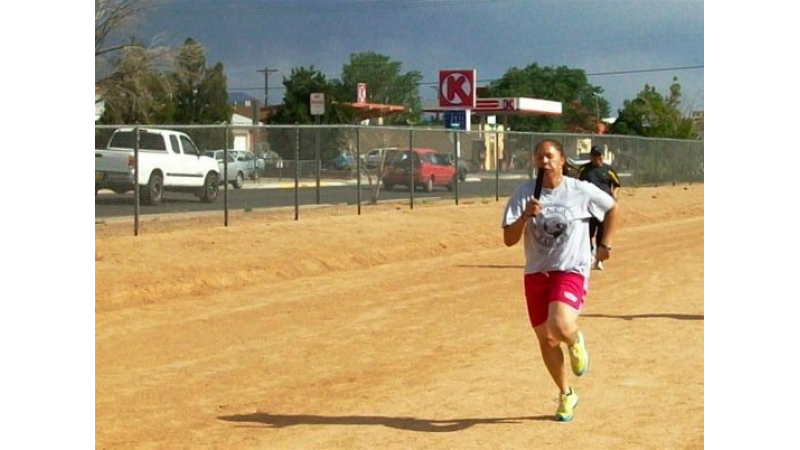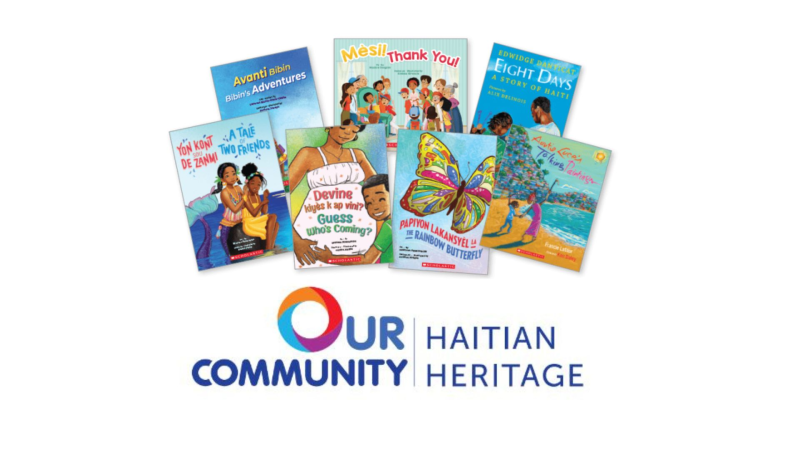 The last month of school is a bookend, just as defining as the beginning. As teachers, we start the year sharing our expectations and setting classroom routines, as well as getting to know the dynamics of the students and their classes. But how do you tie it all up at the end?
The last month of school is a bookend, just as defining as the beginning. As teachers, we start the year sharing our expectations and setting classroom routines, as well as getting to know the dynamics of the students and their classes. But how do you tie it all up at the end?
I’ve tried a few different things. I can’t profess that any of them is “the way”, but each year – as with everything about being in the classroom – I got a little bit better. So let’s review…
My first teaching experience was in Far Rockaway, Queens, where I grew up, and I was teaching 8th grade English Language Arts. In NYC, even though you may return to the same classroom, at the time you had to clean your room down to bare bones, push all of the desks against the wall, and stack the chairs on top of them, so that the custodians could do the floors over the summer. With this as the end goal, I was facing multiple challenges:
- 8th graders take their state exams and then feel done for the year. The weeks between the exams and graduation are an odd time, and a lot of students didn’t even come in.
- Students heard my voice all year; many of them were tuning me out at this point – intentionally or not.
- It’s hot in the building in NYC in the month of June, and there is no A/C. It was hard for both students and teachers to sit still.
I can’t remember how I came up with the idea, but at the end of my first year I decided to run a Scrabble tournament in my classroom. I bought four Scrabble boards and one Scrabble dictionary. After clearing the back wall I pushed most of the desks back and set up four groups of four with the boards set out, and if you came in my room you had to play.
“No, I don’t need any help packing up the room. You have one option; you play Scrabble.”
I put a learning objective on the board with the relevant ELA standards, and made a score sheet where they had to record each word that they played along with how many points it earned. Each day I updated a piece of chart paper on the bulletin board with the highest game score and highest scoring word of the previous day, and a running tally of the leaders for the overall tournament. At the end of those two weeks, Adam E. was my winner. The top four overall scorers got to take home the game sets, Adam got the dictionary, and my room was bare. I had systematically packed it up and cleared it out while they played, and was able to arbitrate spelling and word challenges by handing them the dictionary.
Fast forward to my teaching gig in East New York, Brooklyn, years later. These students were sophomores, and they didn’t have the sense of closure that graduating 8th graders did. But they were still tired of my voice and it was still 90 degrees with no A/C. How to tie this up?
This time I reflected on my design for the overall school year. Like a big balanced literacy workshop (whole-small-whole), I had started the year teaching with the room set up in a big U formation, then second quarter the desks were in three groups set up as if they were at long conference tables, and by third quarter we were in cooperative groups – sets of four of five students. I wanted to go back to U formation, but I could anticipate the difficulty of lectures or discussions in the heat.
The final book of the year was Annie John, by Jamaica Kincaid, a book that I love, and somewhere in my brain an idea took root to have the students teach it. I left them in their groups for the beginning of the fourth quarter and I taught them how to teach the balanced literacy model, as we teachers were expected to do it in a NYC ELA classroom circa 2005.
- 5 minute read aloud
- 10 minute mini-lesson
- 5 minute word study
- 15-20 minute activity
- 5-10 minute summary (which may include groups presenting)
Each group wrote a lesson plan for two chapters of the book, complete with a learning objective, ELA standards addressed, a grammar focus of the week, an activity where we learn by doing, a summary, and homework. Once they were ready, we put the room back in U formation and, as I am sure you have guessed at this point, this worked out better than I planned:
- I got to sit back and be a student. I doodled in my notebook, chewed gum in class, whispered with the person sitting next to me, was scolded (they threatened to call my mother!), and had my incomplete homework graded.
- The kids came up with lessons that were fabulous and that I would steal years later. For example: a quote was mounted onto oak tag and cut into pieces, and we had to put it together like a puzzle, and then we had to evaluate the use of figurative language.
- They graded the homework! What a relief…. We had come up with a rubric together, and each group leader gave me the grades folks earned for the lesson. I just entered them into my grade book. (Ahhhh grade books… I miss you not.)
Finally, to make a long story short, there was that time that I taught 8th grade personal wellness, a mixture of gym and health. This was new territory for me, as I am certified in high school English and Mathematics, but I did the best that I could that year. I drew on my experience as a track athlete and coach, worked with out-of-school-time staff to do golf and soccer units and worked with the school nurse for a unit on sexual education. We also kept food diaries all year, then analyzed them during the fourth quarter with graphs and word clouds, and then watched documentaries like Food Inc. and Supersize Me.
At the end of the year I was out of ideas, so I asked the eighth graders what they wanted to do. One class wanted to make health food PSAs, another wanted to do home economics and learn to cook some basics (we made cookies (toaster oven), breakfast burritos (hot plate) and pancakes (hot plate and waffle iron)), and the third group wanted to run a restaurant. A restaurant? Hmmm…
So we practiced running a restaurant for about two weeks. Half of the class would go outside, and the other half served. The outside half came to the door in groups, spoke with the host, and they were seated depending on group size at various table configurations that we designed. The wait staff took orders on post-its, and students could order anything they wanted (and they used their imagination, trust me). The waiter or waitress took the order to the kitchen, an L-shape configuration of my banquet tables in the corner, and the chefs drew their order on printer paper with markers. No matter what fancy drink they ordered, they received a cone of water from the water cooler. If someone sent their order back to the kitchen because something was missing, like the side of fries that they asked for, then the chef drew the side of fries and sent it back. Then we switched so that all of the students had a chance to both serve and be served. We had a lot of laughs.
On the day that we did the restaurant for real, the class brought in home-cooked food, potluck style, and we created a menu based on what was in front of us. We served only teachers and adult staff. My colleagues lined up outside of my classroom at lunchtime and they were seated by the student hosts. They handed their teachers menus and took their orders on post-its. All of the food was set up in the L-shaped kitchen and our chefs loaded the plates, which the wait staff then took back to the tables. We offered various juices, as well as cones of water. We had a lot of laughs, and my colleagues were impressed by the operation. This was one of the most fun days of my entire teaching career.
The last month of school is a bookend, just as defining as the beginning. But sometimes you run out of ideas, and the days are long (and hot!). Everyone is counting down until the summer and getting restless. Early in my teaching career I opted for gaming, and I picked Scrabble because it would increase their vocabulary and it is one of my favorites. Midway through my career I realized that we could switch roles; when the students are in command at the front of the room, teaching or doing presentations, everyone in the room is more engaged – including the teacher. And towards the end of my career I learned to let them choose the culminating activity and to facilitate their vision, at least in personal wellness, which seemed fitting. In my 10th grade English classes, the other half of my teaching schedule at the time, the students did presentations.
What are your end-of-the-year routines and activities in the classroom?
Another end-of-the-year school tradition are the student vs. staff events at field day. I had to dig deep to outrun one of my 9th graders in this 4x100 meter relay. Note the shadow right behind me; she was closing fast!






